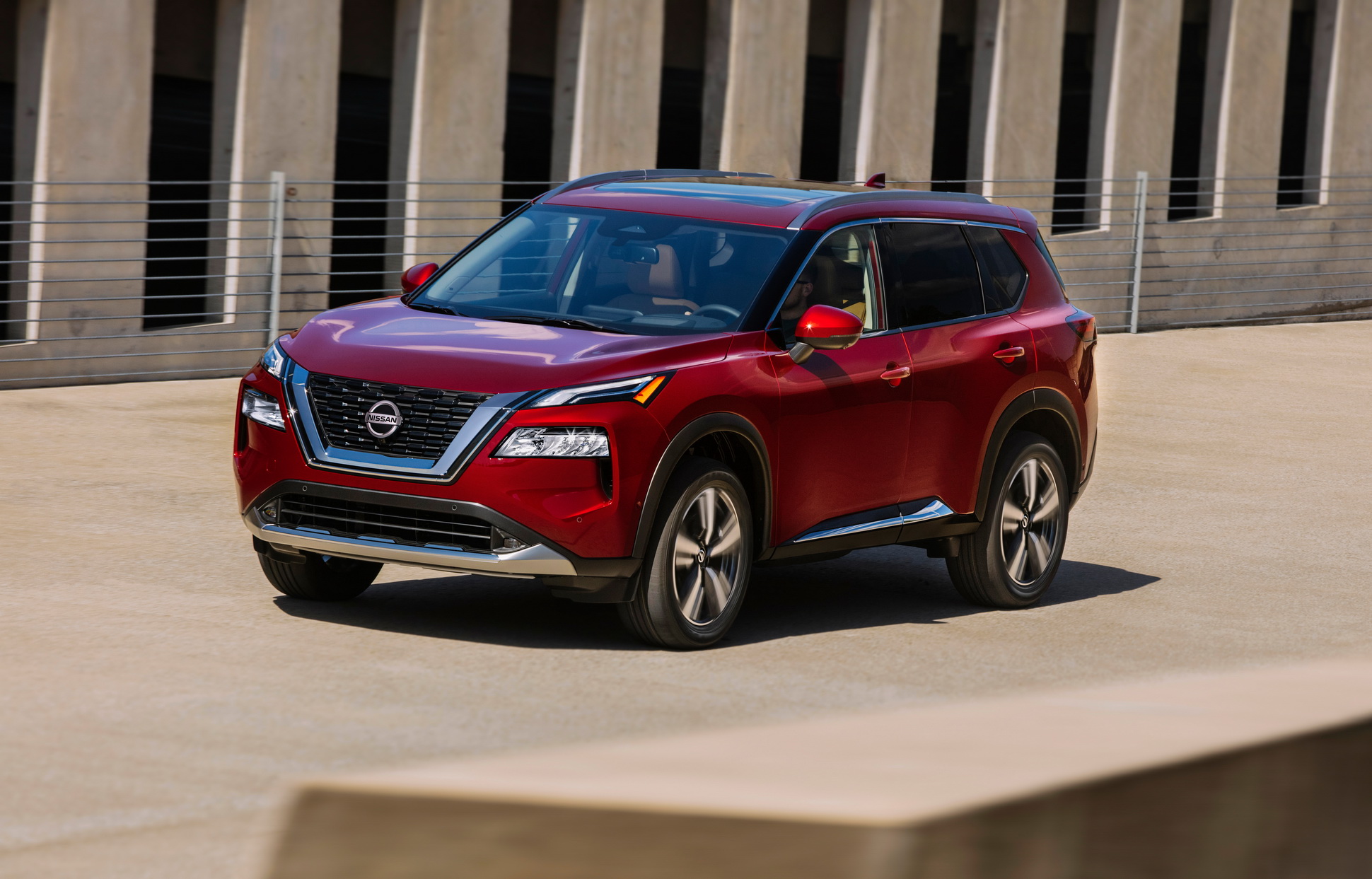

The Rogue's main voice-command system proved very advanced, as it let me request music by name when my iPhone was plugged into the USB port, enter addresses for navigation as a complete string, rather than step-by-step, or initiate phone calls by saying the name of a contact in my phone. And rather than letting me access voice entry for Google search using the car's general voice command system, activated by a button on the steering wheel, I had to find the Google search feature on the LCD and start voice entry from a touch icon.

Typical with app integration in cars these days, Google search is buried under a few menus rather than included as an option under the navigation system's destination entry options.

The system let me select any result and set it as a destination. With the NissanConnect app running on my phone, I could access Google local search, either through voice or manual entry, on the Rogue's touchscreen. The most advanced feature in the navigation system came through NissanConnect, an app integration feature in the Rogue. Traffic data, brought in through satellite radio, offered more extensive highway coverage than I have seen previously. However, when using route guidance, the system showed lane guidance and larger graphics for freeway junctions. The maps were clear and easy-to-read, but nothing special. I thought the flash memory-stored navigation system was a bit rudimentary until I started using it.


 0 kommentar(er)
0 kommentar(er)
